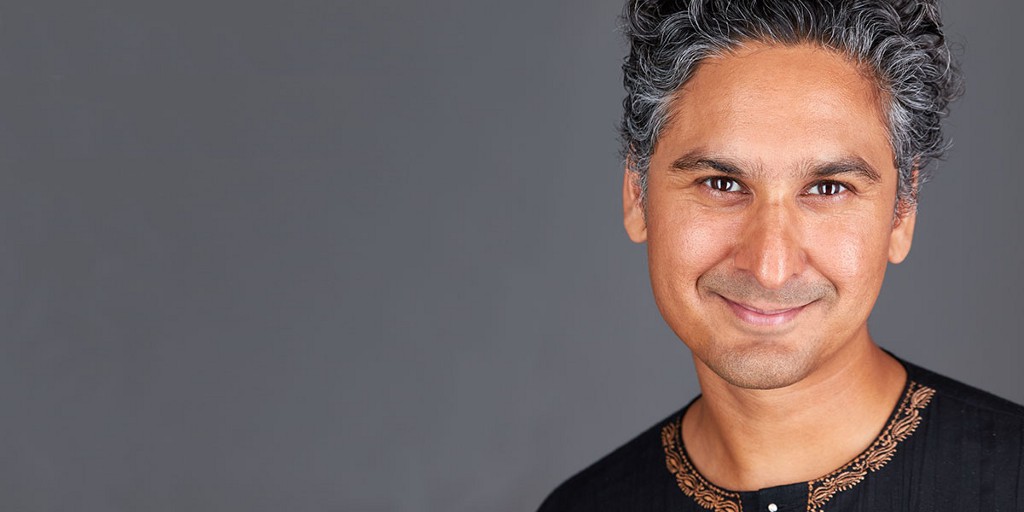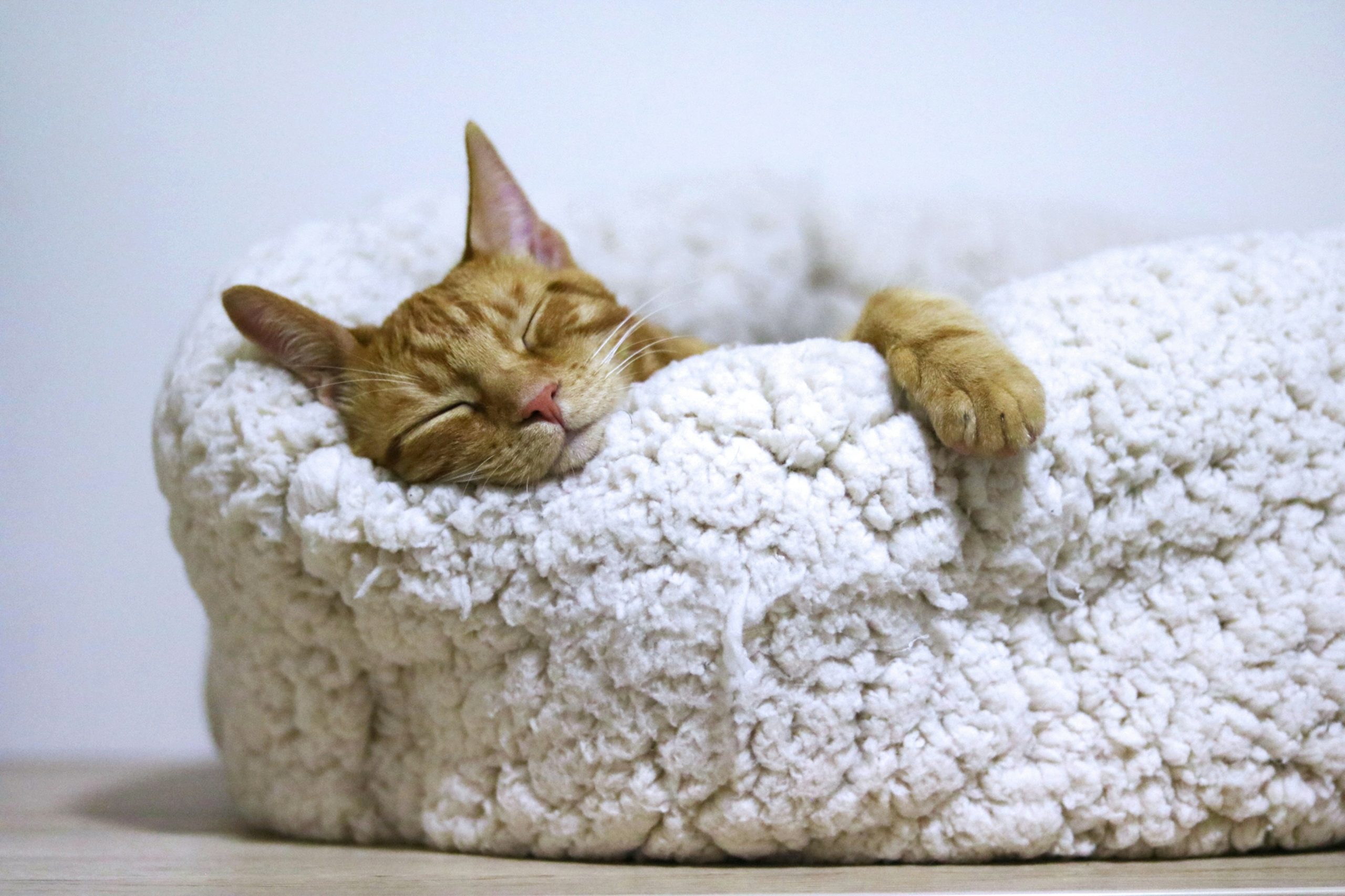interviews
Rahul Mehta Is an Outsider Among Outsiders
The author of “No Other World” discusses turning alienation into art

Electric Lit is just $4,000 away from our year-end fundraising goal of $35,000! We need to hit this target to get us through the rest of 2025, and balance the budget for 2026. Please give today! DONATE NOW.
O n my podcast Rahul Mehta—whose second book, No Other World, is recently out in paperback—spoke with me at length about the hardships of writing his next book, the reality of writer’s block (it’s really real), and how pain can be harvested from our lives and the writing process, then planted on the page. Ours was one of those conversations where our fears and struggles were laid bare in a way that didn’t seek a solution, but allowed us to recognize the inherent issues facing all creators. I was reinvigorated after speaking with Rahul about his debut novel, his pathway to writing as well as coming to terms with what it means, to him, to be a Southern writer of color from West Virginia. The full episode can be heard on the Minorities in Publishing podcast.

Jennifer Baker: It sounds like we both had some expectations thrust upon us from adults about what we should do as adults. My mother didn’t want me to become a writer either, she wanted me to go into business initially.
Rahul Mehta: Oh, yeah, absolutely, and my brother did become a doctor.
JB: Get out!

RM: I think it was very much expected. I mean, I think that’s pretty common of, sort of my parents’ generation. I think most of the Indians of my generation a lot of them ended up becoming doctors or engineers or scientists or bankers. I think that I’m still a bit of an anomaly, especially among my generation. The younger generation’s a little bit different. But my generation is really the first generation of Indians to grow up in America. I don’t know if you know about the history of immigration, but basically Indians were not allowed to immigrate to the United States until, I don’t know if it was 1957. I’m not sure, I forget the date now, but there a specific law. There had been an exclusion act — no, was it 1965? I don’t know, I’m getting the dates wrong. I’ll have to look this up. But basically there was a very strict quota system before that. The United States had very strict quotas about immigration. They basically wanted to keep the racial makeup of America the same. So the quotas were all based on who was already here.
So very, very, very few Indians were allowed to immigrate before that time. And then when it finally did open up to Indians, and again I think I’m now forgetting the year, but I think it might have been 1965 or something like that, the people who were allowed to immigrate, when they finally opened it up for immigration, the only people who are allowed to immigrate were people who were trained in math and science for the most part. They were the only ones who could get visas. And that’s sort of part of what we think of as the “brain drain,” right? The United States wanted to bring in people who were trained in these areas, and so they were the only people who were allowed to emigrate. So my parents’ generation is really the first generation of Indian immigrants. There were some before that, but they’re really the first big wave, and they were almost all doctors and scientists because those were the only people who could get visas.
JB: Wow. That’s a mindfuck, too, right? Of: this is what’s acceptable.
RM: Yeah, so, I was an anomaly as an artist among the people I knew my age who are Indian-American. And I remember this, I remember — when I grew up in West Virginia there were very few South Asians, or there was no South Asian community really. So I didn’t really have an opportunity to get to know very many South Asians, but when I went to college and went to the University of North Carolina at Chapel Hill, there’s a very big South Asian population there. But whenever I go to any of the South Asian events, I just felt like there wasn’t room for me there. I felt like that first of all as an artist, but also someone who was gay. I just, I really didn’t feel like there was any room for me there. I felt, I don’t know, I just didn’t feel at all comfortable in those kinds of spaces. It wasn’t really until I moved to New York that I discovered any South Asians who were queer or artists.
It wasn’t really until I moved to New York that I discovered any other South Asians who were queer or artists.
JB: So you were an outlier amongst outliers, so to speak.
RM: That’s how I felt. I shouldn’t say that was the case across the board, because now when I think I did know a couple people in college. For the most part I felt very sort of marginalized by what I would think of as my own community the South Asians.
JB: Do you know if there’s more of an artist community, especially like South Asian or POC community in West Virginia now that’s been building over time?
RM: Yeah. Now in my parents’ town in West Virginia there’s a nice little South Asian community. I mean, I think there are probably like [inaudible] or so, so it’s a nice little, you know, it’s a nice little group. But yeah, West Virginia, at least the part that part I’m from, is still very, very White. That’s a real challenge. I mean, I should say that I also have tremendous love for West Virginia and I think I started off by think I think of myself as a West Virginia writer. I think of West Virginia as a place that made me as a writer.
JB: It also provides the material, right? I mean, this relationship with place and identity?
RM: I studied with some really great people in grad school. I was lucky. Mary Karr was one of my teachers, and George Saunders was my thesis advisor. I was at Syracuse for my MFA. It was a great program. Anyway, Mary Karr would ask us — or, she asked us this question in this memoir class I took, and it is — I think it’s actually an adaptation of a line from a famous W. H. Auden poem, the poem that he has about Yeats. She asks this question that comes from that poem. The question is: What hurt you into writing? It’s one of those questions where I remember what I felt in my body when she asked that question in class. And she didn’t make us answer the question out loud or anything, but she just posed it. What hurt you into writing? And I felt that question on a cellular level in my body. And it’s really interesting because I had not thought of my trajectory as a writer in that way until she said that. And when she asked that question, I was like, yeah. Yeah.
She didn’t make us answer the question out loud or anything, but she just posed it. What hurt you into writing? And I felt that question on a cellular level in my body.
JB: That’s a really deep question.
RM: And I don’t think that that’s to suggest that we all write from a place of pain because I don’t think that that’s fair. But I think, for me what that question means is that, are you sort of in touch with that pain? Because we all feel pain, right? I mean, we all have that kind of pain. And, sort of like, are you in touch with that as a writer? Which is not necessarily the same as, like, that’s where you write from. But are you in touch with that as a writer? Is that something you can access as a writer? Is that something that you have allowed to shape who you become as a writer? And emotions that you plumb as a writer. I mean, that’s how I viewed it.
JB: Speaking of, in your sophomore book No Other World there are these themes of shame and choices. Everyone in this family has a choice. (And I want to also emphasize this is a multiple perspective book, as well.) It’s not just a linear tale for one person, like the son Kiran seems to be the most paramount in terms of where the story is flowing from beginning to end. But we follow members of his family. I’m wondering if those themes are something you constantly seek to explore in your work and in terms of the fluctuation of viewpoints?
RM: I think it’s not just the case in that relationship. I think it’s actually the case in many relationships from this book where people find themselves in situations where they have to hide who they are, or be diminished versions of themselves. Ways in which they’re just not fully seen by others or fully allowed to be who they are.
And I think that often leads them to behave in ways that hurt other people. So, yeah, I guess that is something that I wanted to explore. I really work from instinct as a writer. I don’t think that I’m not super analytical about what I am doing when I’m doing it, even often afterwards.
JB: I think about Kiran and Shanti’s decisions the most, because they’re kind of zeroed in on so much.
RM: I think it really was this idea of what the immigrant experience is like for people who grew up who live in rural America. I think that it’s something that actually hasn’t been written about quite as much, and I especially say that about the Indian-American experience. We have some really great writers who’ve written about — Jhumpa Lahiri, who’s amazing. I love her work. But, it’s also set in Boston or New England, and I think the experience of, the rural experience of being sort of brown, an immigrant in a rural area is really different. And that was something that was really important for me to represent. Initially, I think the first version of this book, or at least when I was initially thinking about it is, it was in West Virginia. I mean, that’s where I grew up, in West Virginia. Eventually I changed the setting to western New York State, but it was very much influenced by some of the things I felt and my family felt, you know, being brown in West Virginia at that time. And so I really wanted to sort of explore that feeling and I wanted to explore it for various members of the family, what it was like for them, so what it’s like for Nishit, who’s coming and working as a doctor in this town. But then Shanti, who’s coming over as part of an arranged marriage, she hasn’t necessarily chosen to live here, to live this life. And yet it’s sort of the life she’s ended up with. And then for the kids growing up there. I think the siblings end up taking very different routes in their lives in terms of how they deal with that early experience of being outsiders. I think Preeti does everything that she can to try to become an insider and sort of assimilate into White culture in ways that are sometimes kind of disturbing. With Kiran I think that he wanted to try to assimilate and he couldn’t. So their lives take these really different routes.
The New Voices of South Asian Young Adult Literature
JB: I’d be interested to hear what more people think as they read No Other World. The Indian-American, the rural America, I wouldn’t be surprised if someone’s like, [Rahul] do you have a sister named Preeti? Is she Christian? When I read it I was thinking: The author is a person who knows this experience and is close to it in a way that they wouldn’t be able to falsify in terms of the emotional toll it takes on a person. Whatever events occur are fictionally based, but that emotional understanding was something I felt: This is not something this author is making up.
RM: Thanks for saying that. I do have to say that I think, just on a process level, whenever I’m feeling something — whether it’s anxiety or pain or joy or whatever, whatever it is that I’m feeling — I’m very conscious about trying to channel that into whatever work I’m doing. And I think that often is especially true of whatever negative things I might be expressing. So, you know, for instance as I said, I went through some pretty dark times writing of this book. There were times when I was feeling, for instance, quite a bit of pain about something, and I would just say, okay, well let me give that pain to one of these characters and explore that. And the circumstances may have been very different. It may have been the thing that led them to their pain might have been very different than what led me to mine. But, the pain itself was, “okay, let me give it to them.” Let me explore it. Let me explore my own pain, but let me do it through this other their character and it may be this very different situation.
JB: Is that therapeutic at all? Does that work? Because I might do it right after this interview.
RM: I’d really hesitate to call this kind of writing therapy. I mean, there is writing that is therapy and I think that’s a specific thing, a specific subset. Yet, I don’t know, I do think that it’s — I definitely work through some stuff when I’m writing for sure. I mean, if nothing else, it gives me a place to put that energy. Whatever I’m sort of feeling it gives me a place to express that and put it, and I do find that really useful.
I’d really hesitate to call this kind of writing therapy. But I definitely work through some stuff when I’m writing for sure.
JB: Cool. This is becoming a very therapeutic conversation for me in all honesty.
RM: And especially if it’s the kind of emotion that is just, you know, it’s like especially with something like anxiety, for instance, which is something I feel a lot. You can either let the anxiety stop you or ruin your day or whatever. Or you’re going to have it anyway, why not use it? Find a way to use it. Just use it.










